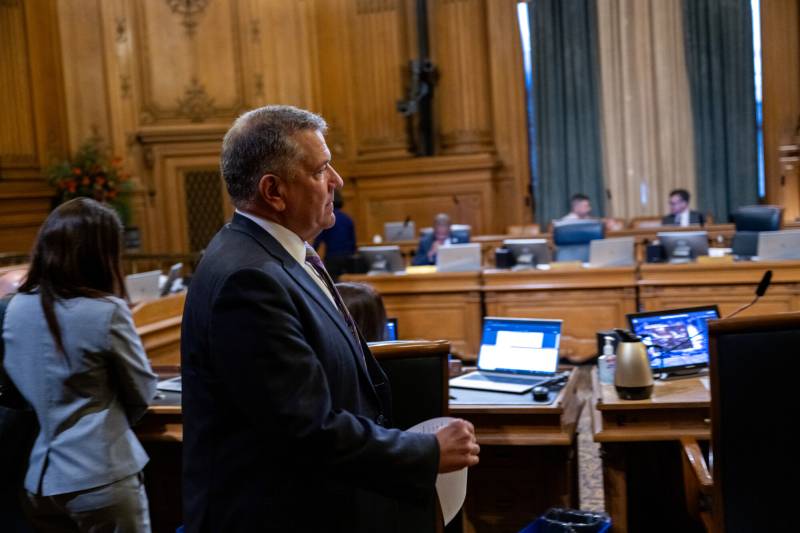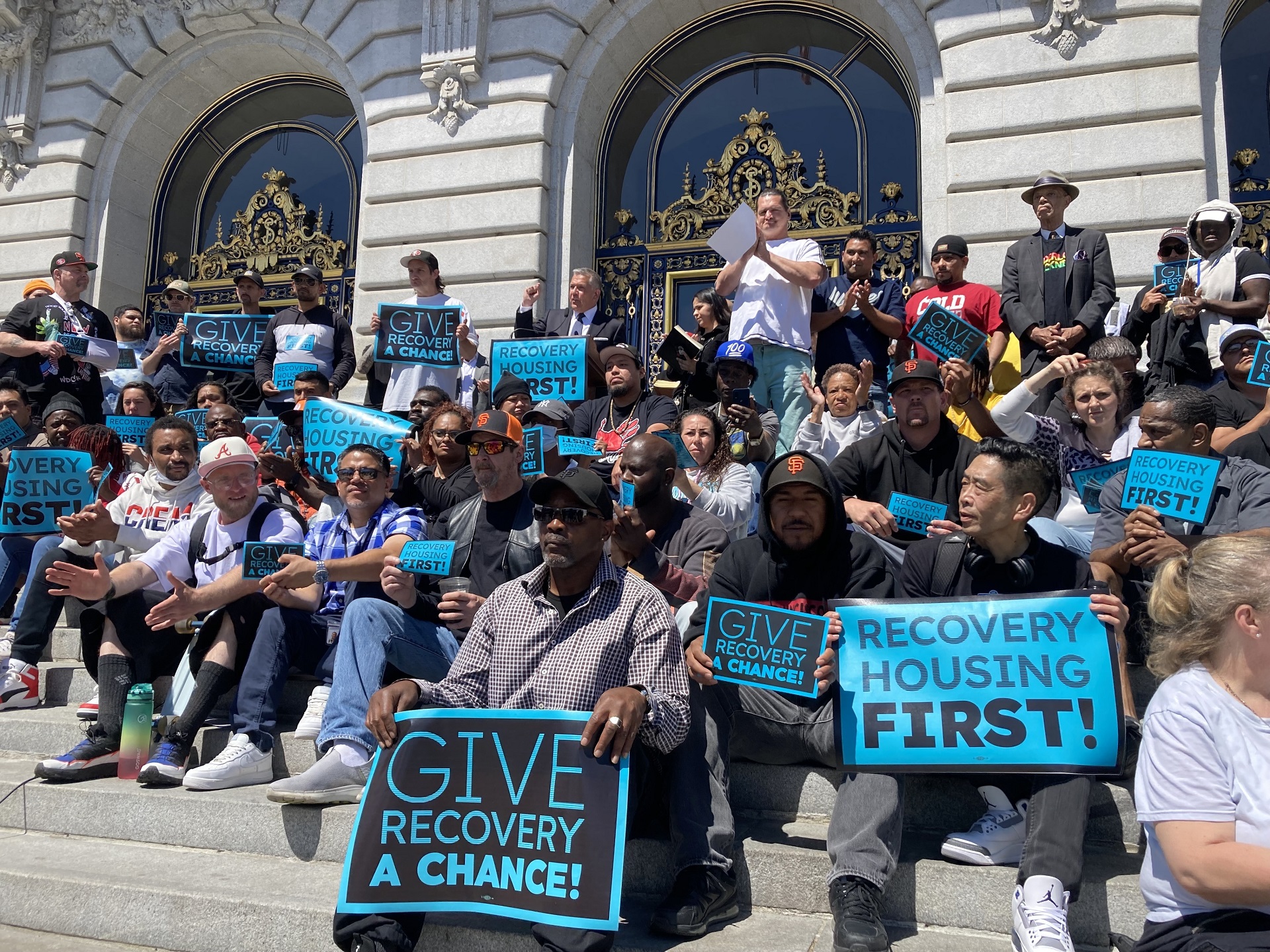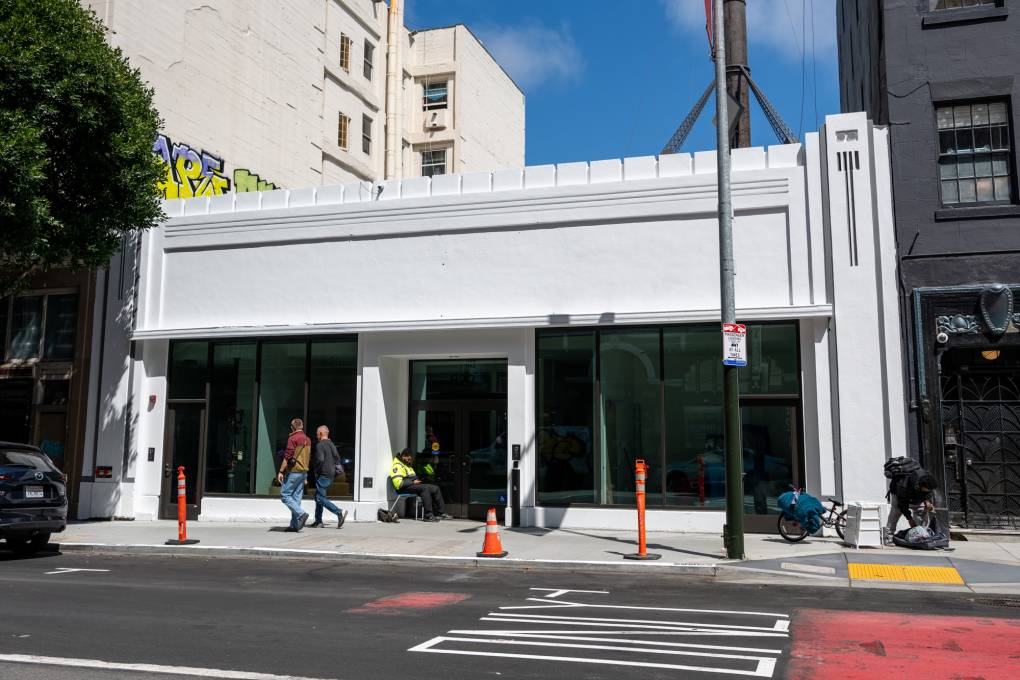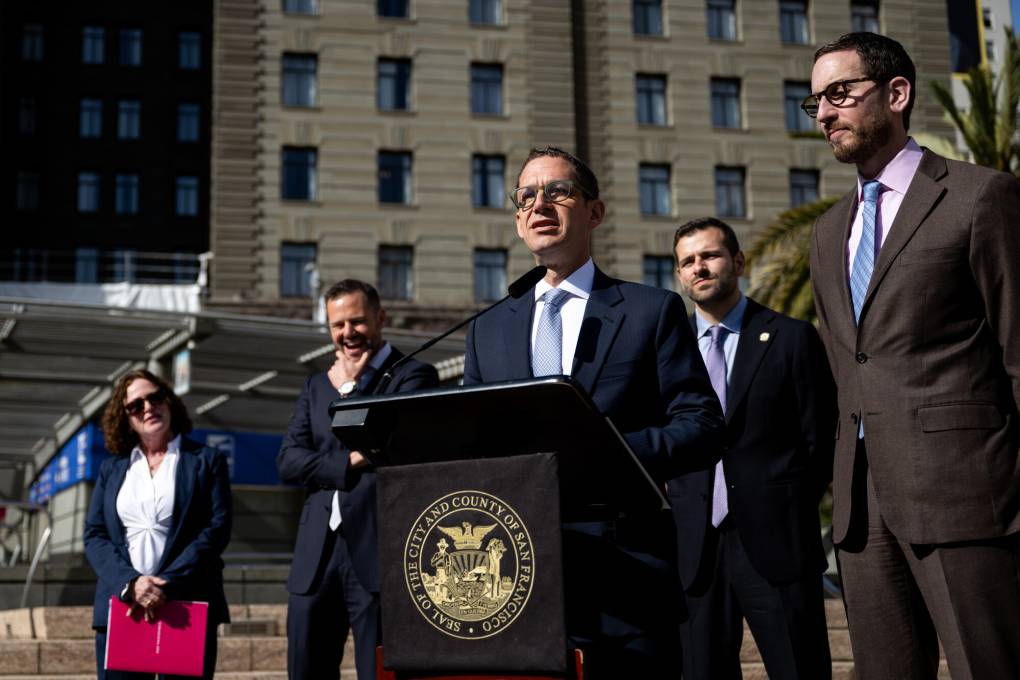Dorsey said both recovery and harm reduction have a role to play. But in the yearslong battle to reduce overdose deaths and outdoor drug use, these two camps have become political lightning rods.
“Despite the brevity of its one-sentence operative provision, (the ordinance) became something of a flashpoint in our drug policy debate,” said Dorsey, who identifies as a former drug addict in recovery. “In the end, I think that debate was truly helpful.”
Supervisor Jackie Fielder was among those pushing for adjustments in the final version of the ordinance.
“I want to thank the social workers, the street outreach workers and medical professionals who advocated for a more expansive and inclusive definition of recovery and a substance use disorder policy that affirms the dignity and potential of every single person struggling with addiction,” Fielder said.
Fielder, who represents District 9, will lead a hearing next week on a proposal for San Francisco to incorporate a model used in Zurich, Switzerland, where outdoor drug use and overdoses were similarly a major problem. The model calls for strong coordination and support for addressing all stages of drug-related issues, including prevention, treatment, harm reduction and law enforcement.
Dorsey has also expressed support for the approach, known as the Four Pillars.
Meanwhile, Mayor Daniel Lurie has already taken steps to scale back the city’s harm reduction efforts, as some voters have grown frustrated over a lack of progress on the drug crisis. His recent directive required health providers to only distribute safer use supplies, such as clean needles, to drug users who agree to participate in some form of counseling or treatment.
Lurie has also ended all outdoor distribution of safer smoking supplies like pipes and foil, which some studies have shown can help drug users move away from more risky forms of consumption like injecting drugs. He has also ordered increased police crackdowns on drug users and dealers.




